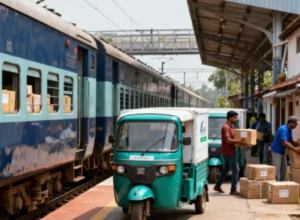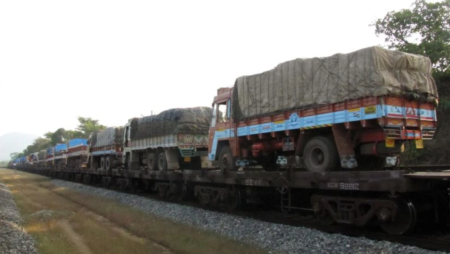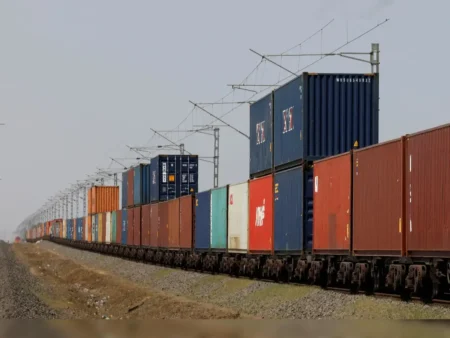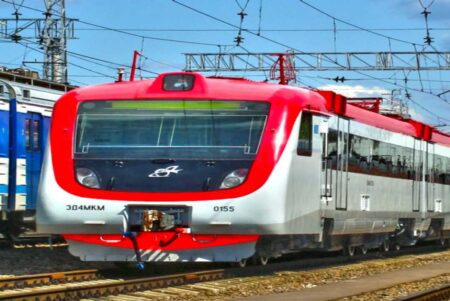The bulk cement freight rate is now a flat 0.90 per tonne/km, rationalised from the previous varying rates based on distance bands

On 20th November, Minister for Railways Ashwini Vaishnaw unveiled a new policy to facilitate the movement of bulk cement, along with a new rate, as part of attempts to diversify the rail transportation of commodities to satisfy new demands.
Bulk cement prices have been rationalised to Rs 0.90 per tonne per km. It was previously based on various distance bands.
According to Vaishnaw, the policy will guarantee the economical and ecologically friendly transportation of bulk cement in specialist wagons from factories to terminals close to consumption hubs. According to the Minister, the Railways will also help establish bulk cement terminals throughout the nation as part of its Bulk Cement Terminal policy.
Bulk cement is becoming more and more popular in the substitution of bagged cement; in many major cities, this percentage has surpassed 50%. The middle class will be able to obtain building materials at a lower cost thanks to the policy, which was introduced with their needs in mind. The policy will result in a 30% reduction in transit expenses. The freight rate used to be in slabs. For instance, even though there is no variation in the distance between the plants at 200 and 210 kilometres, they were required to pay different prices. For the actual distance, the flat fee is now Rs 0.90 per tonne per km. The cement mill is now uniform and has eradicated biases, so it won’t matter how far away it is, according to Vaishnaw.
He added that building the terminal or railway sidings has become simpler since the Gati Shakti Multi-Modal Cargo Terminal Policy was put into place. We will now see a lot of cement terminals as a result of the new policy. For the transportation of bulk cement, CONCOR has introduced a unique, pollution-free container. The Minister stated, “We will concentrate on another industry in the next reform.
Approximately 17% of all cement carried annually travels by rail. 87 million tonnes (MT) of cement were transported by railways in FY25. Out of this, 7 MT of bulk cement was transported using special wagons and containers, and 80 MT of cement was bagged (in covered wagons). Over 1,600 MT of goods were loaded by the railways during that time, with coal accounting for the largest portion at over 50%.
According to Vaishnaw, the Railways hopes to grow its bulk cement share relative to roads to 30% over the next five years with this program.
According to Aparna Sharma, secretary general of the Cement Manufacturers’ Association, the strategy will guarantee quicker cement transportation.
In the cement business, bulk cement accounts for around 18–20% of total cement usage, of which 10% is transported via railroads. Additionally, considering that we are examining a market where less than 300 km accounts for 60–65% of cement usage. We don’t think bundled movement is really feasible in this area. Thus, the approach seems appropriate and will guarantee quicker movement, according to Sharma.
According to railway officials, the policy will create facilities that will aid in the unloading of cement, such as hoppers, silos, bagging factories, etc. In order to do this, the Railways will donate its land and grant the cement industries a concession to build bulk cement processing terminals.
SOURCE – THE INDIAN EXPRESS











